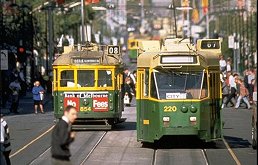 Online newspaper items: see the end of this outline (after the list of newspaper sources) for a Google search facility, with tips on finding some of the newspaper items in the sources list still accessible online.
Online newspaper items: see the end of this outline (after the list of newspaper sources) for a Google search facility, with tips on finding some of the newspaper items in the sources list still accessible online.


 Online newspaper items: see the end of this outline (after the list of newspaper sources) for a Google search facility, with tips on finding some of the newspaper items in the sources list still accessible online.
Online newspaper items: see the end of this outline (after the list of newspaper sources) for a Google search facility, with tips on finding some of the newspaper items in the sources list still accessible online.
|